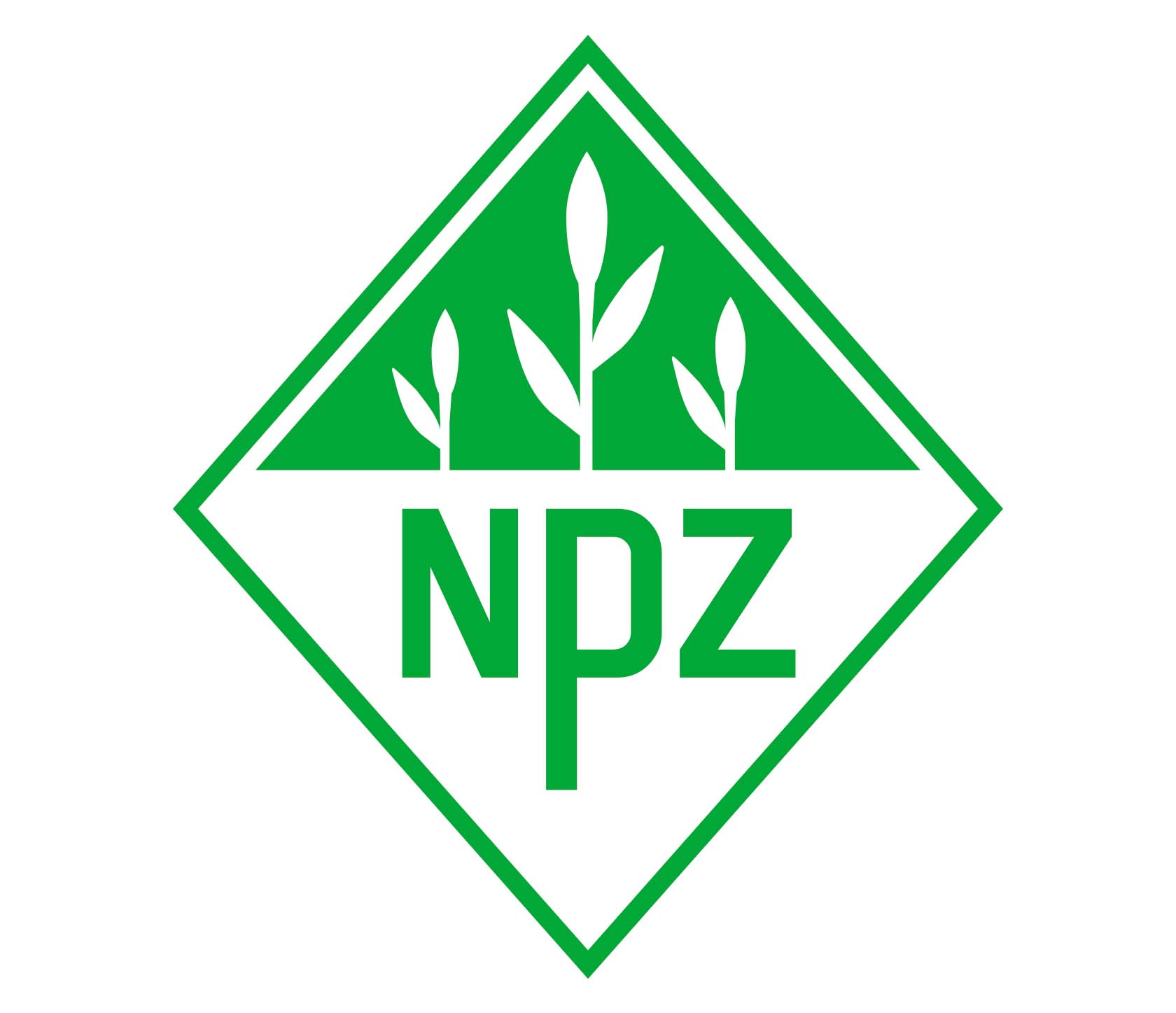The latest PGRO Descriptive List features four LSPB varieties with LVC (low vicine/convicine) characters that will help to further develop the UK pulse market with end users, while having comparable high seed yields to other leading spring bean varieties.
LSPB’s Victus and Tiffany were the first LVC varieties in the UK to be added to the PGRO Recommended List (RL) for spring beans, followed by Bolivia’s addition to the new PGRO Descriptive List (DL) when it was launched late 2020 to replace the RL.
Now LSPB’s Allison has been added to this section of the DL and, as well as the same end market benefits as the other LVC varieties, Allison has earlier maturity (8).
Chris Guest, LSPB Managing Director explains that, “faba beans are an excellent source of plant-based protein with economic and environmental benefits. However, their use as a human and animal food crop has been limited in large part by the presence of vicine and convicine, anti-nutritional compounds that accumulate in the cotyledons.
“When humans consume beans with high levels of these compounds, they can cause a condition called favism which is an inherited disease in which a person lacks an enzyme called glucose-6-phosphate dehydrogenase (G6PD). When these people eat fava beans, they develop a condition called hemolytic anemia with symptoms such as headache, vomiting and nausea.
“And when faba beans are used in animal feeds, particularly for monogastrics, there can be negative effects on feeding efficiency and hence overall performance.
“These concerns have resulted in increasing research by plant breeders to develop low vicine and convicine faba bean germplasm. One practical result is that there are now four LVC varieties available to growers on the current PGRO Descriptive List – LSPB’s Victus, Tiffany, Bolivia and Allison.”
Chris Guest adds: “Our breeding investment will give a wider marketability for UK-grown spring beans both for the human consumption and the animal feed market. Importantly, varieties with an LVC benefit come with comparable yield and agronomic performance for growers.”


